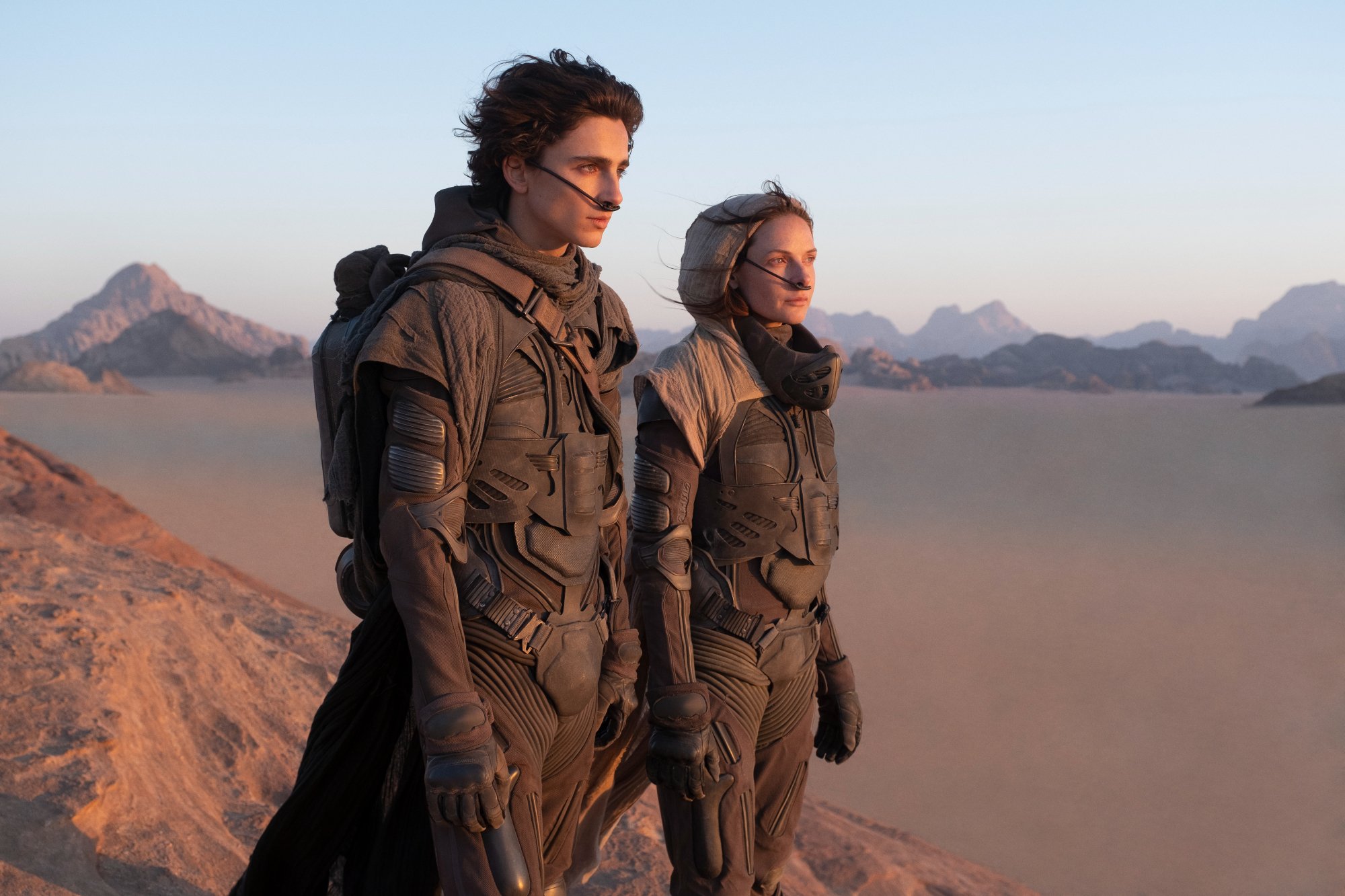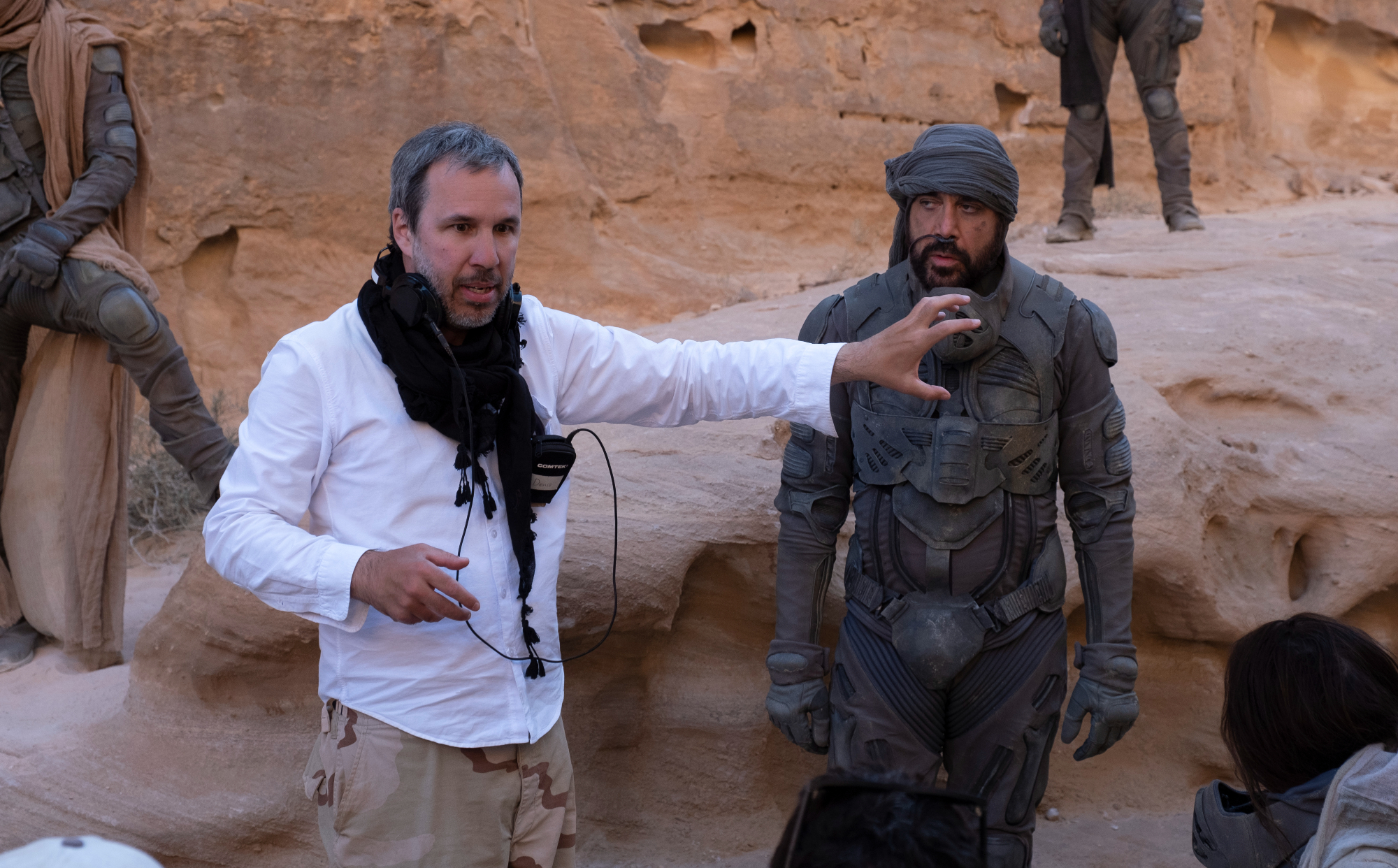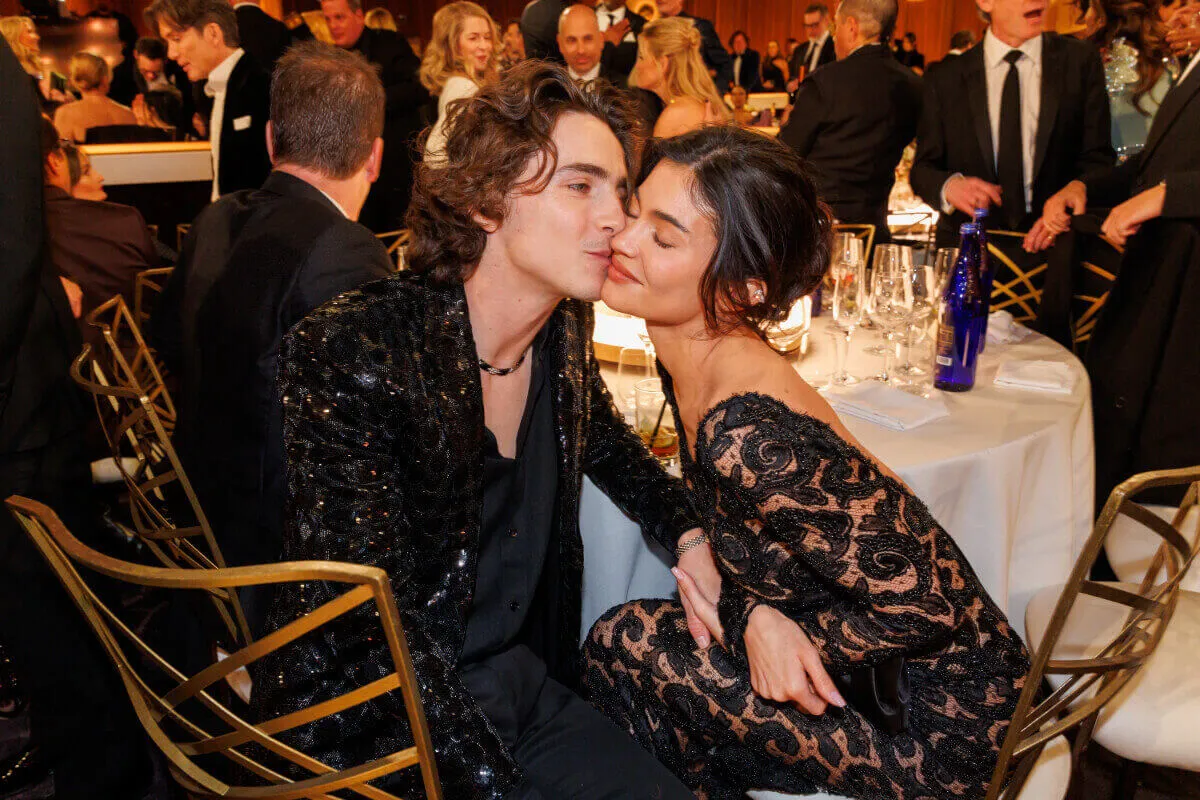How ‘Dune’ Created ‘the Voice’ Scenes Without Help of CGI
Run, don’t walk to your nearest IMAX theater to see Dune. Denis Villeneuve’s interpretation of Frank Herbert’s 1965 novel is truly a cinematic sight to behold. And while the CGI’d sandworms, the futuristic spacecrafts, and the technology of the sci-fi movie’s world are impressive, the movie shines in moments created with classic filmmaking creativity. One of the hardest parts about making a loyal interpretation of Dune would be “the Voice.” The Voice is a Bene Gesserit power of mind control. And Villeneuve was determined not to use CGI to create it. Here’s how he did it.

What is the Voice in ‘Dune’?
Herbert’s Dune is a very cerebral book. Translating its sprawling universe to the big screen is no easy feat. David Lynch’s Dune came out in 1984 and was a flop, but it has reached cult classic status. Suffice it to say Villeneuve had a lot on his plate taking this story on. But he’s a lifelong fan of the book. And he told Vanity Fair he was committed to making it a loyal adaptation to how his teenage self visualized the story when he first read it.
In Dune, there are no computers. There is fascinating technology, like a remote-controlled protective energy shields that surround the wearer when activated. Outside of technology, different communities of people can possess special powers. The Bene Gesserit are a matriarchal religious society. Think of them as Dune‘s Jedis. They have powerful telepathic abilities and can alter their bodily functions, among other things. And of course, there’s the Voice.
The Voice is a telepathic tool of mind control. When a Bene Gesserit uses the Voice on someone, it’s nearly impossible to go against their commands, as they’re basically entering a person’s subconscious mind. Rebecca Ferguson’s Lady Jessica is a Bene Gesserit. And she teaches her son, Paul Atreides (Timothée Chalamet) how to use the Voice. It’s like you’re altering your voice to a specific frequency, and when done correctly, your actual voice is overcome by the sound of Bene Gesserit ancestors as the commands are given.
How Denis Villeneuve filmed ‘Dune’s Voice scenes without CGI
In Lynch’s Dune, Kyle MacLachlan played Paul. When the Voice was used on him in the famous Gom Jabbar scene, he walks across the room like a zombie, unable to deny the Reverend Mother’s commands. In a video for Vanity Fair, Villeneuve broke down his Gom Jabbar scene. The director said he didn’t want Chalamet walking like a zombie when controlled by this power. Instead, he brought the Voice to life on screen by taking the point of view of the character it was being used on.
They “fall into a very short period of time, in some sort of micro-coma. Like a narcolepsy that will snap and you will just awaken in front of her,” Villeneuve said. Dune‘s Gom Jabbar scene shows the Voice in full effect. Charlotte Rampling’s Reverend Mother uses the voice on Paul. All at once, Chalamet’s head lowers, his eyes close, and the camera zooms out quickly. Mere seconds later, Chalamet is across the room and on his knees in front of Rampling. And it was made through creative camera work, very fast edits, and sound effects that defy sci-fi film tradition. Villeneuve said:
“To create that feeling of narcolepsy, we thought that what could be interesting is to make very strong, powerful dollies, camera movement. At the same time, switching off the lights of the room. I brought this idea in order to create that feeling of disorientation and vertigo. And as we are moving the camera, we are not touching the focus. That means that the characters are diving into the out-of-focus zone of the image.”

The Voice required ‘great editing’ in ‘Dune’
Editing elevated the effect even further. Villeneuve continued:
“I must say, it’s great editing. Joe [Walker] cut it. It had to be very, very fast, so it’s really like a blink. Will feel disorienting and destabilizing for the audience, like if they had been themselves victim of the Voice.”
Hans Zimmer and sound designers Mark Mangini and Theo Green helped create the actual sound of the Voice. Villeneuve told Vanity Fair he was “obsessed by the idea that when you use the Voice, you should be channeling ancient voice inside yourself. I love the idea that you will channel the voice of very ancient, powerful grandmothers.”
To make that sound, the team cast people to create a chorus of ancient voices rather than “electronify” a voice. Mangini told Entertainment Weekly:
“A decision Theo and I made early on was that electronically processing the Voice was not going to yield a satisfying result. From Darth Vader to Deep Space Nine, we know what a human voice sounds like electronified, and that wasn’t going to be the solution.”
Audiences will get to see more of Dune‘s eery Voice if the Villeneuve and the cast get to make Dune Part 2.


